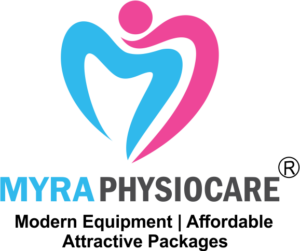Low Back Pain
Low back pain is a common condition that can affect people of all ages and backgrounds. It can range in severity from mild discomfort to severe and debilitating pain that can interfere with daily activities.


Some common symptoms of low back pain include:
- Dull, aching pain in the lower back
- Sharp, stabbing pain that can radiate to the buttocks, legs, or feet
- Stiffness or decreased range of motion in the back
- Muscle spasms or tightness
- Numbness or tingling in the legs or feet
Treatment for low back pain will depend on the underlying cause and the severity of the symptoms. Some common treatments may include:
- Rest and activity modification: avoiding activities that exacerbate the pain and taking breaks to rest the affected area
- Heat or ice therapy: applying heat or ice to the affected area to reduce inflammation and relieve pain
- Pain medication: over-the-counter pain relievers such as acetaminophen or ibuprofen, or prescription medications such as muscle relaxants or opioids
- Physical therapy: exercises and stretches to strengthen the muscles and improve flexibility in the back
- Surgery: in rare cases, surgery may be necessary to correct underlying structural problems causing the pain.
- It is important to seek medical attention if your low back pain is severe, lasts longer than a few days, or is accompanied by other symptoms such as fever, weakness or numbness in the legs, or loss of bladder or bowel control. Your doctor can help determine the underlying cause of your pain and develop a treatment plan that is right for you.
Why Choose Low Back Pain
Low back pain is a common and widespread health issue that affects people of all ages and backgrounds. It is estimated that up to 80% of adults will experience low back pain at some point in their lives. There are several reasons why one might choose to focus on low back pain, including:
Prevalence: Low back pain is one of the most common reasons people seek medical attention, making it a significant public health issue.
Impact on Quality of Life: Low back pain can be debilitating and affect an individual’s ability to perform daily tasks, work, and participate in recreational activities.
Economic Burden: Low back pain can result in significant healthcare costs, lost productivity, and disability payments, resulting in a significant economic burden.
Treatment Options: There are many treatment options available for low back pain, including non-invasive therapies, medication, and surgery, making it an area of ongoing research and development.
Multi-disciplinary Approach: Addressing low back pain often requires a multi-disciplinary approach, involving healthcare providers from various specialties, including physical therapy, chiropractic, pain management, and surgery.
Overall, low back pain is a prevalent and complex health issue that requires ongoing attention and research to improve outcomes for those who suffer from it.
